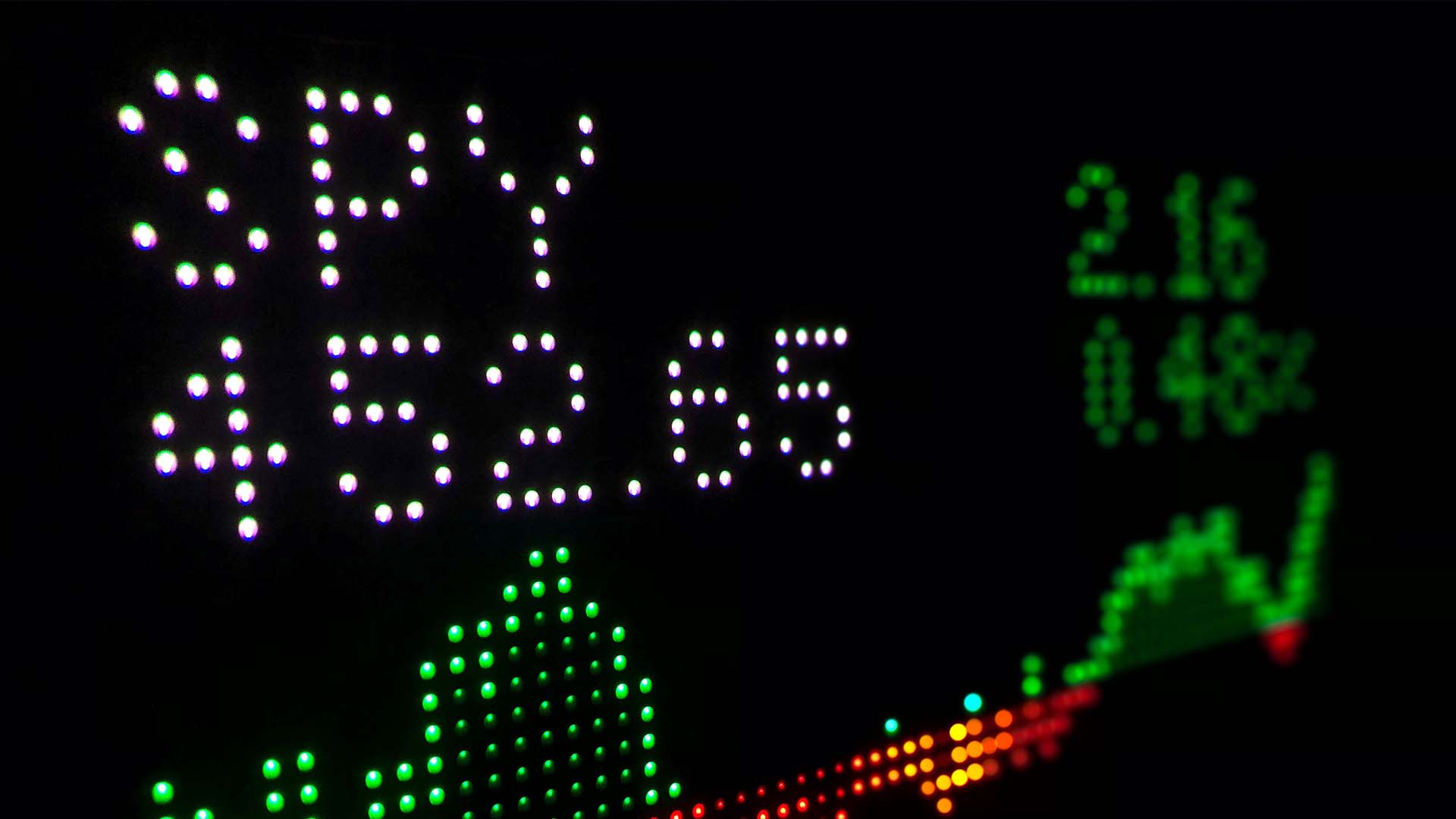Stock Option Parity means that the stock option is trading at its intrinsic value. If a $100 call option were trading at $10 and the stock were at $110, the stock option would be trading at parity. Options trade at parity when they are very deep in the money. A $50 call on a $100 stock could easily be trading at parity. Rather than pay $50 for an option that is $50 in the money, the trader could buy the stock on margin (50% RegT). That is one reason the options don’t carry much if any time premium. Options that are in the money and are a few days away from option expiration also trade at parity. With only a few days left, the time component has evaporated. If you own an option that is bid below parity, remember you can exercise the option and exit the trade at parity. Let’s say you are long a $50 call option and the stock is at $53. You bring up the option quote and it is bid at $2.90. That is below parity. You can sell the stock at $53 and exercise your call option. The net result is that you have bought the stock at $50 and sold it at $53. On a 10 contract position, you are $100 better off. There is no additional margin requirement for exiting the trade in this manner if you do it the same day.
Stock Option Parity
Definitions
December 10, 2008
2 min read









